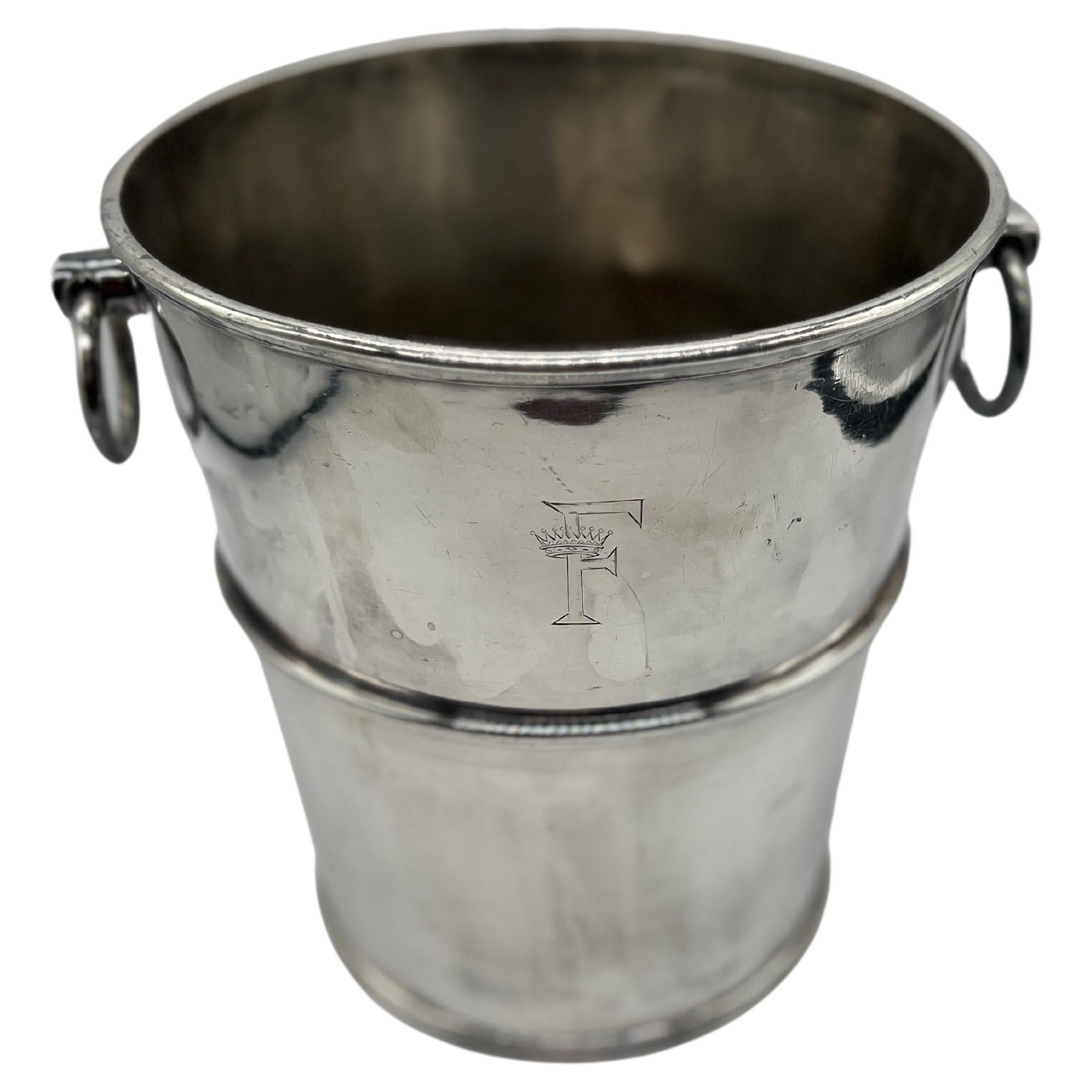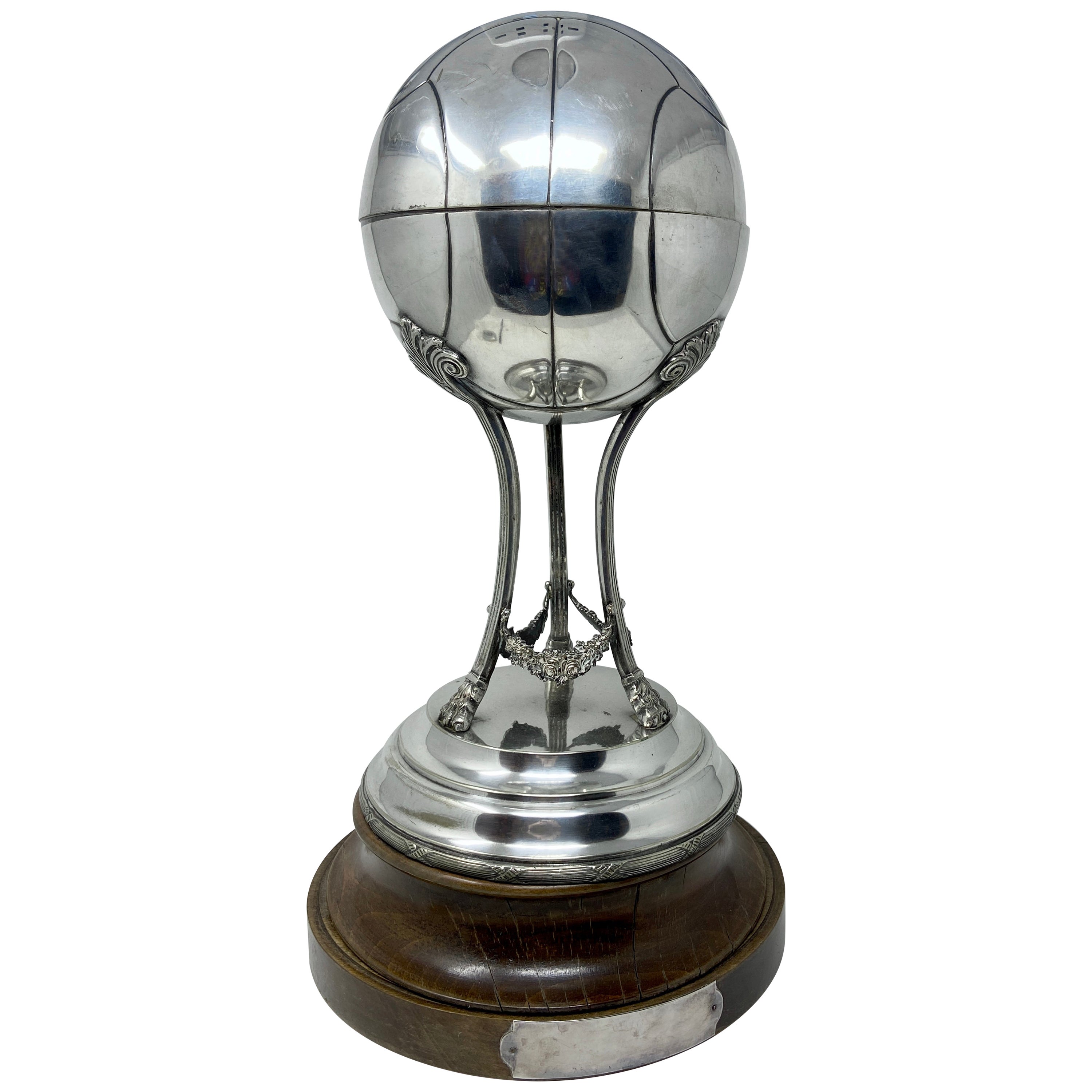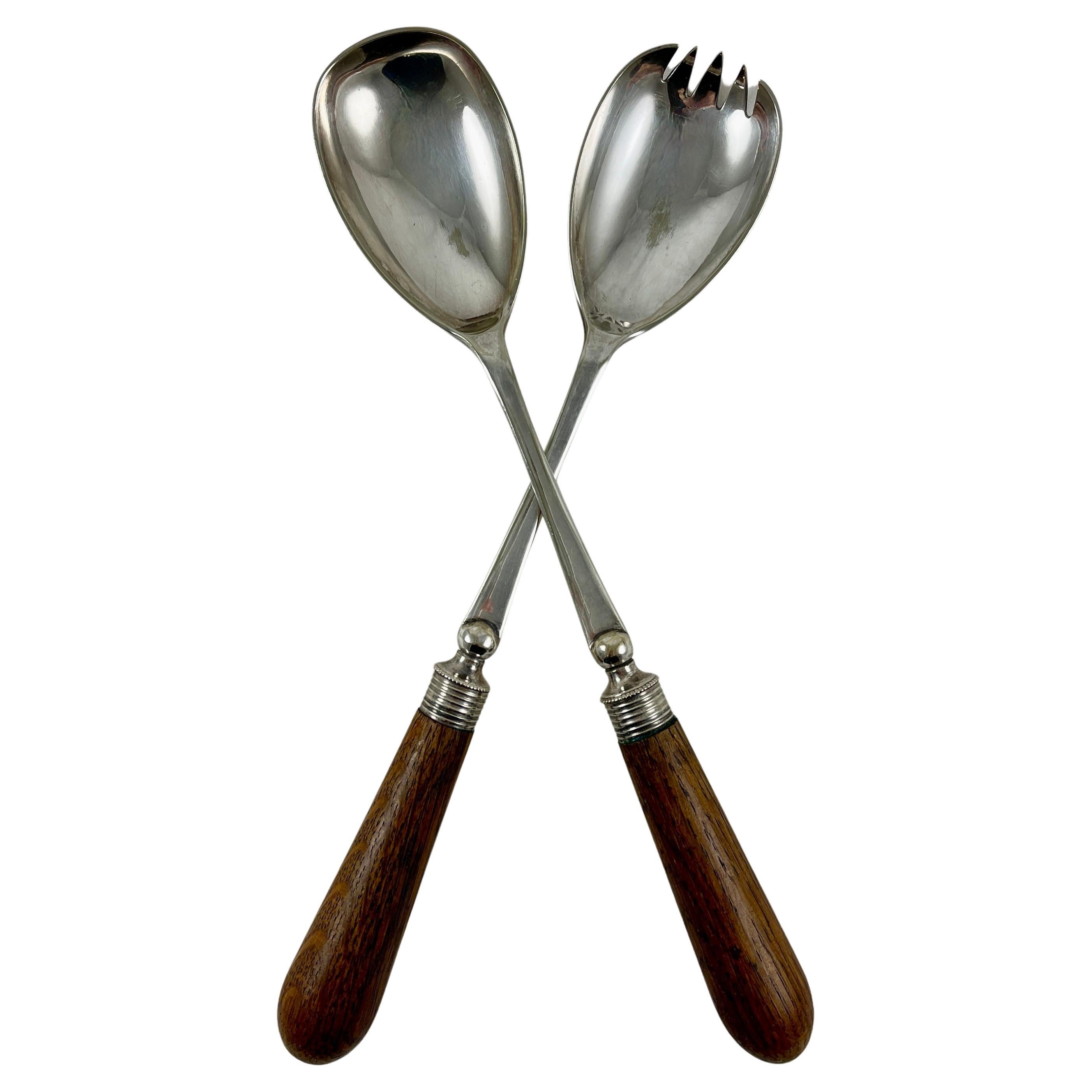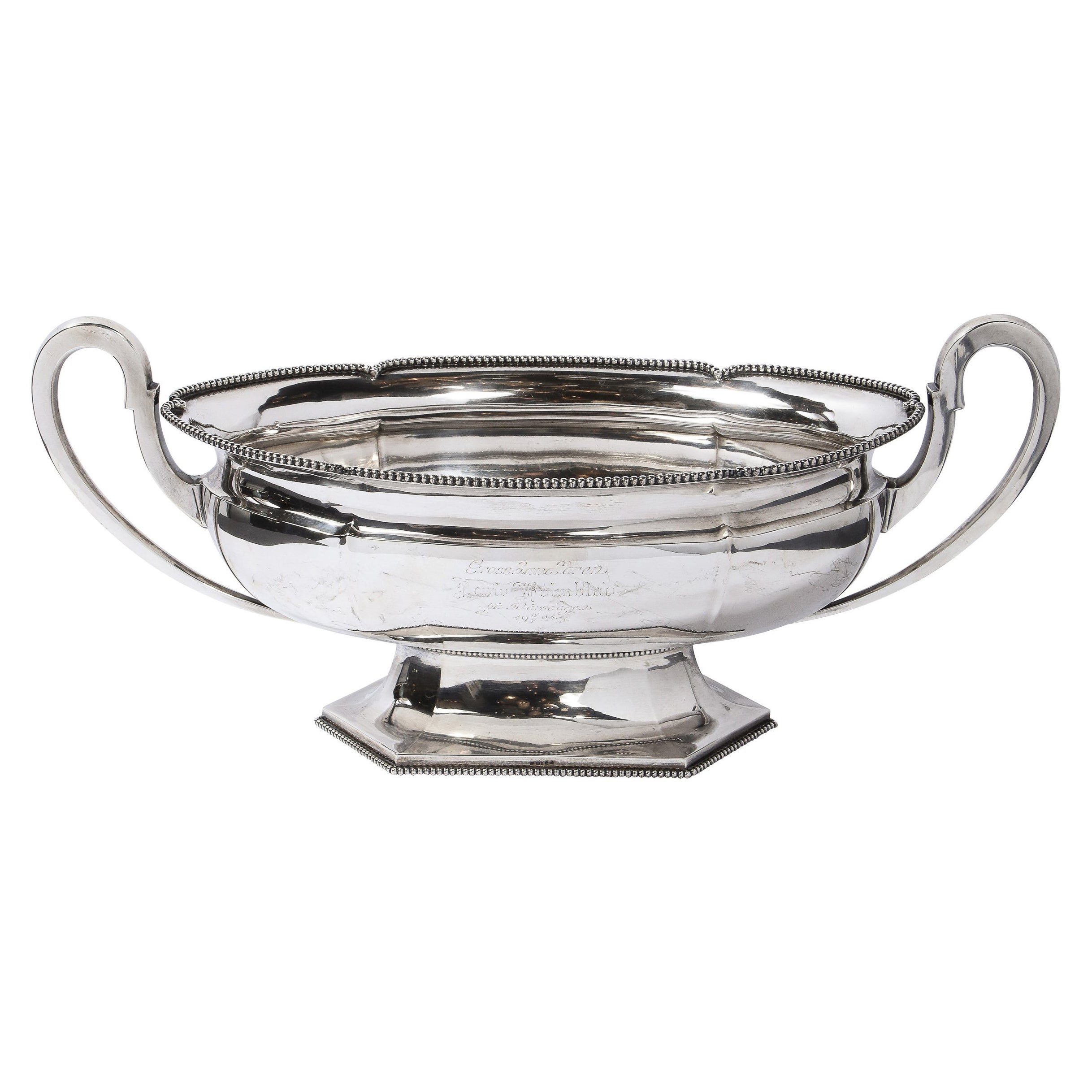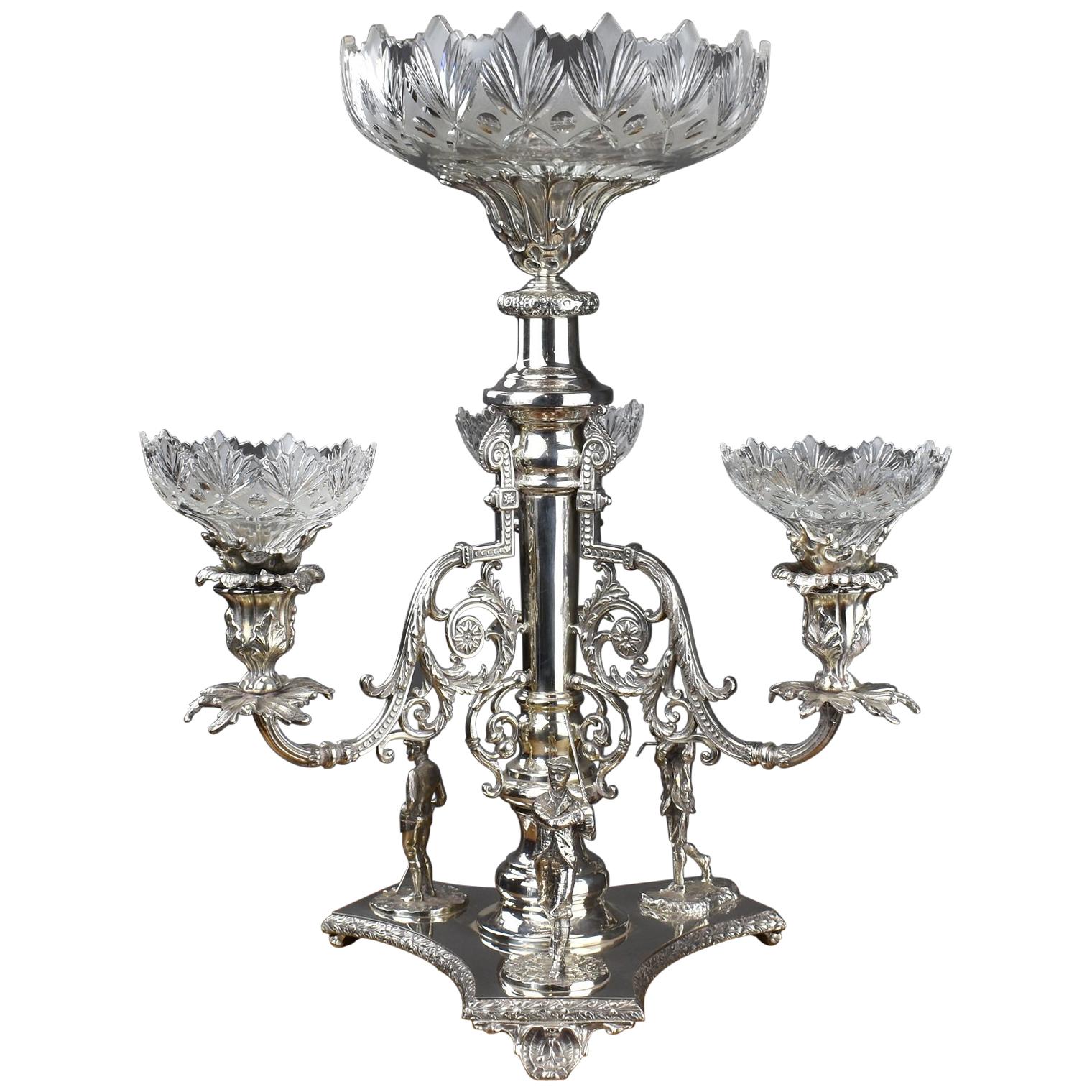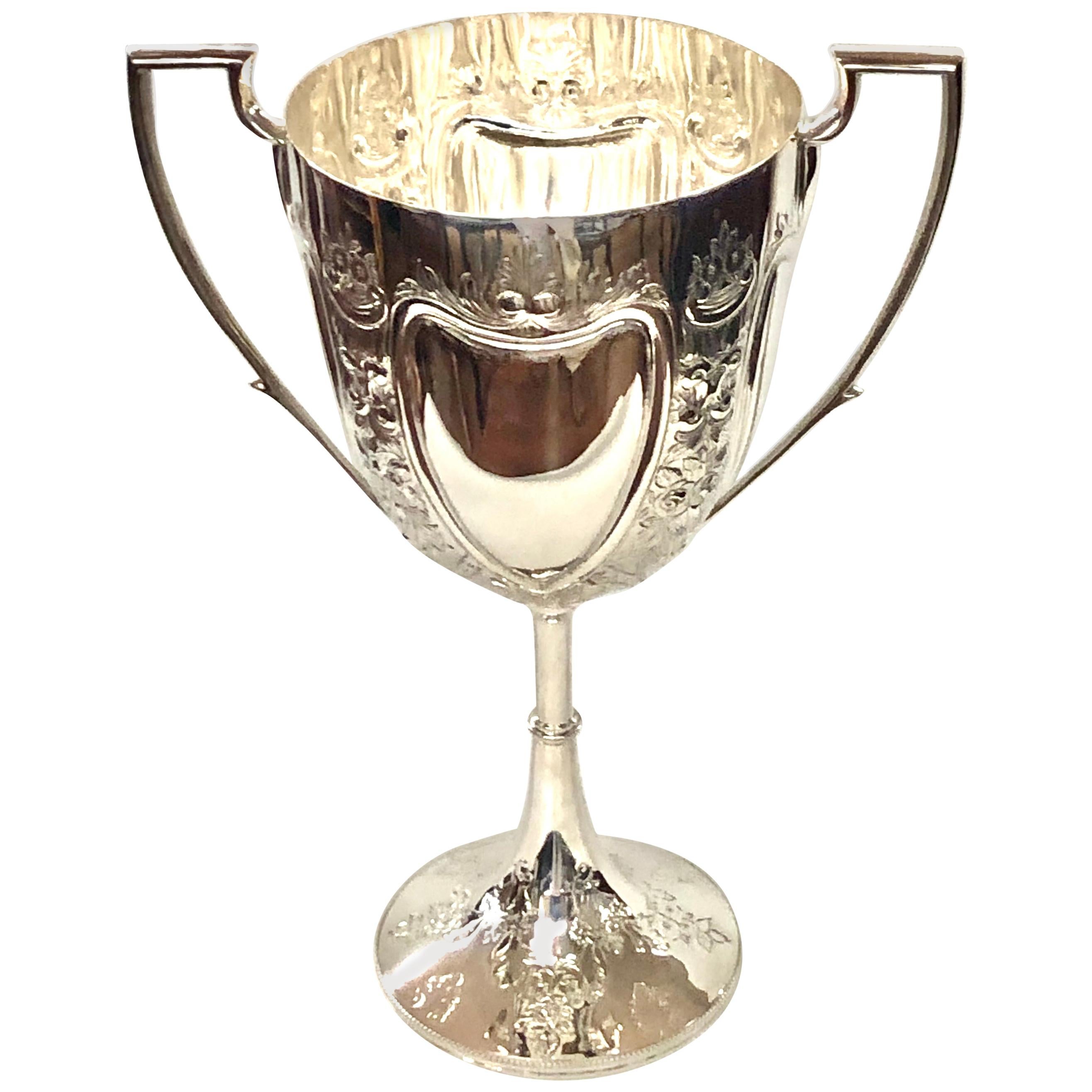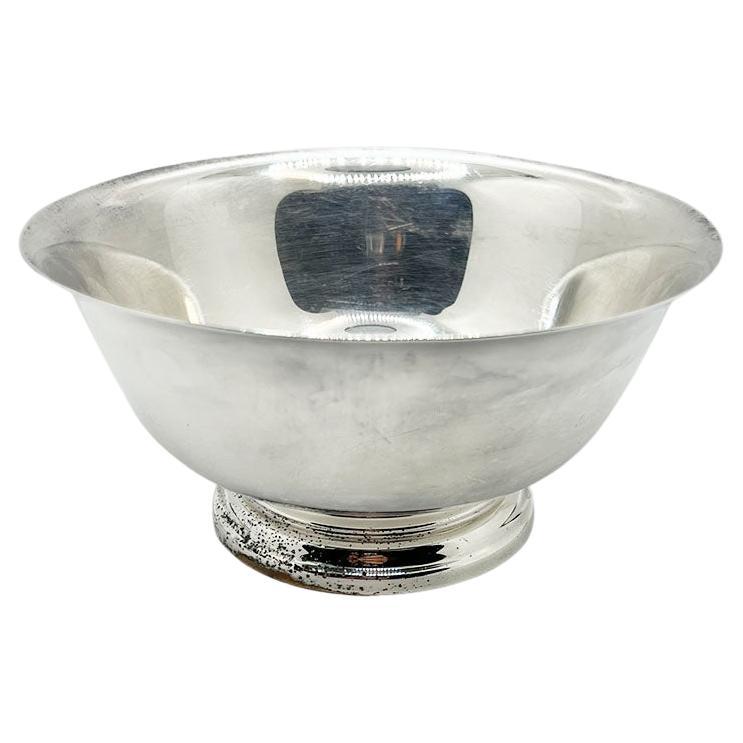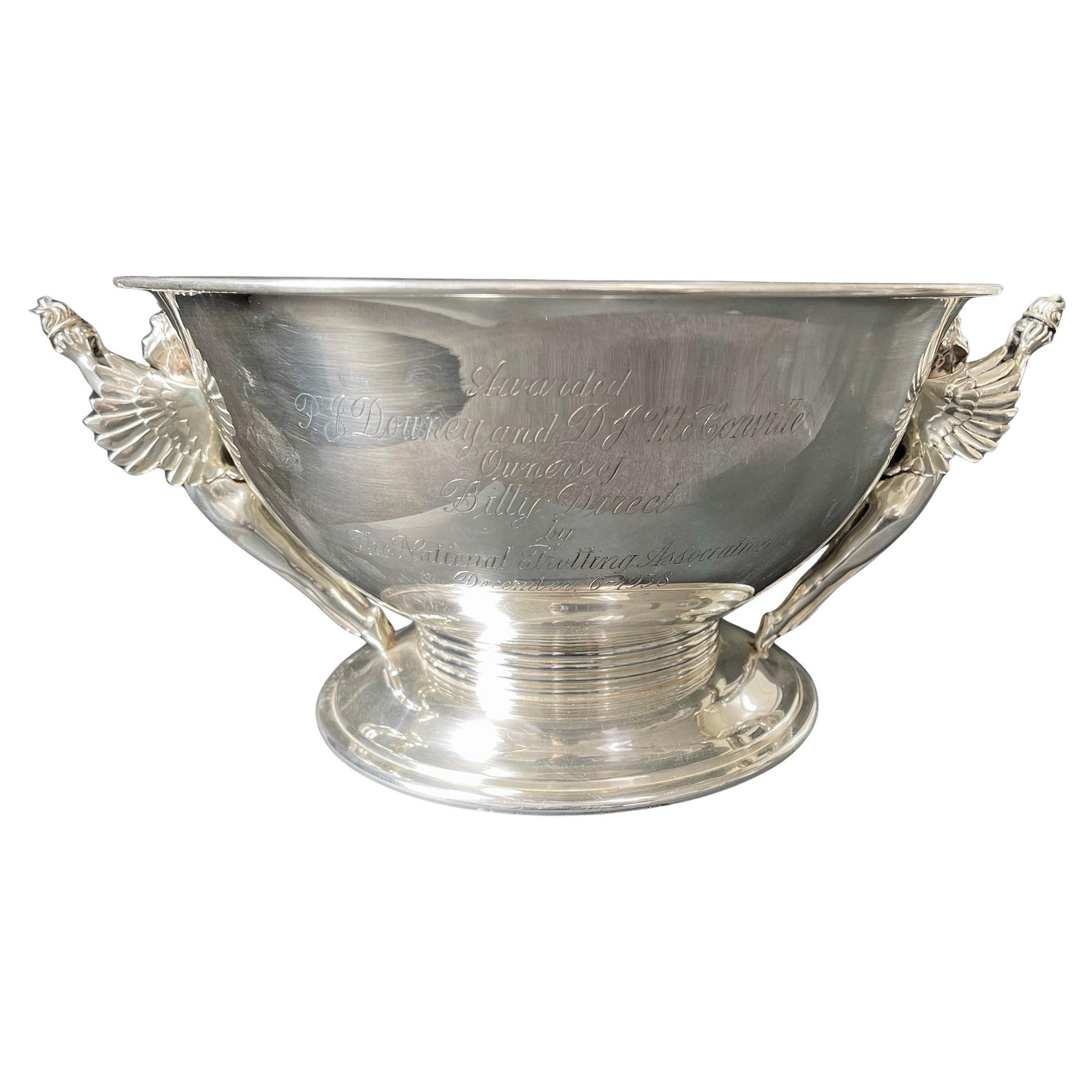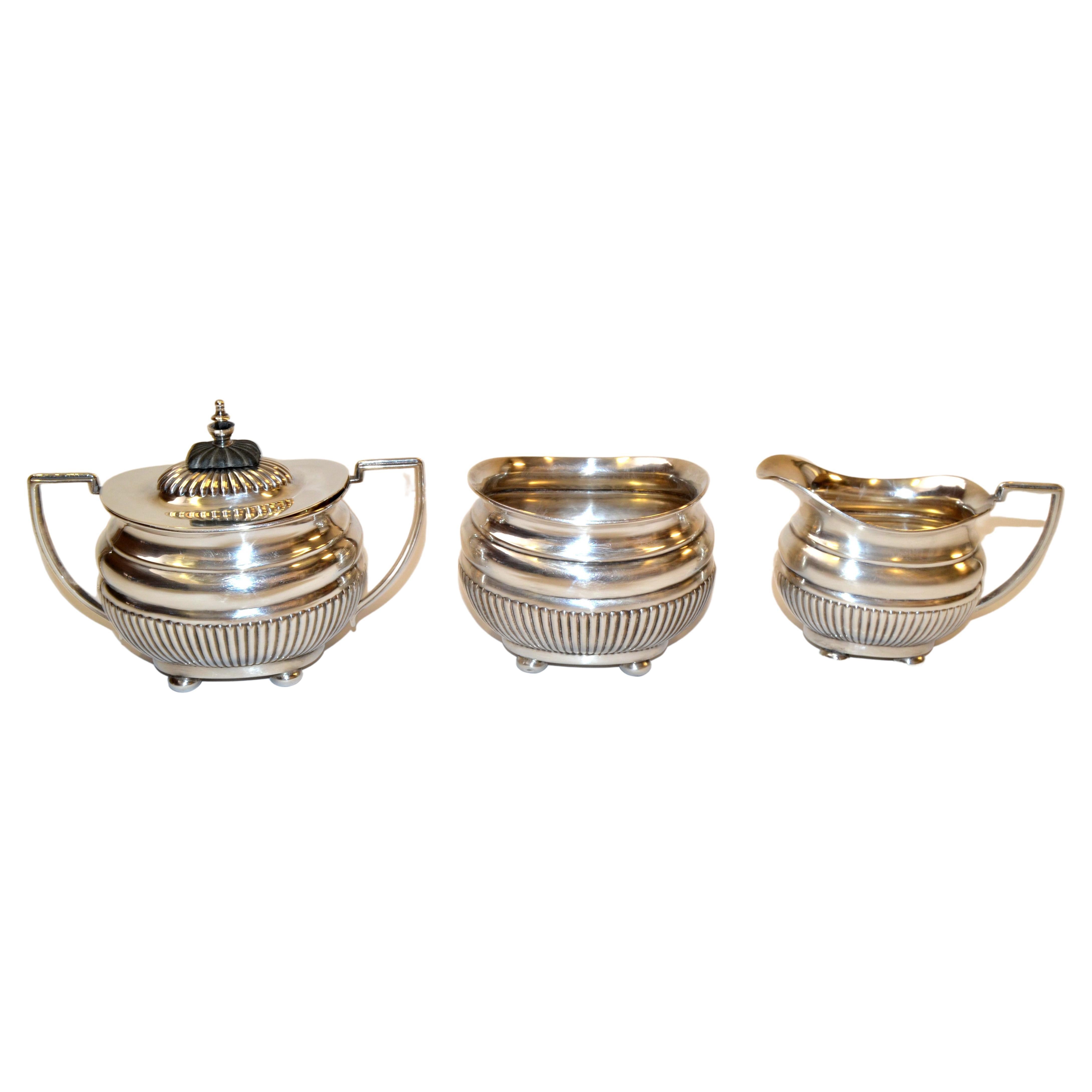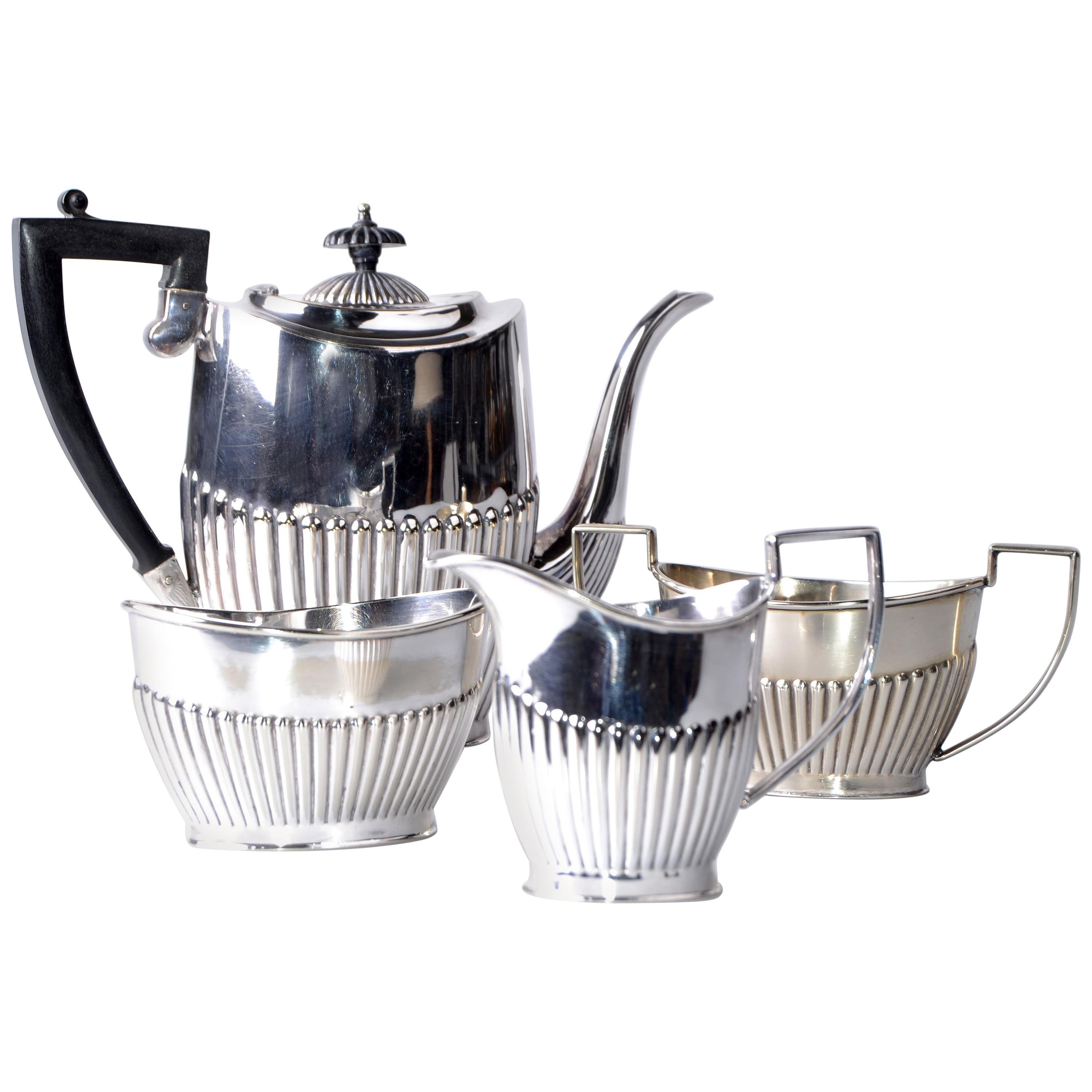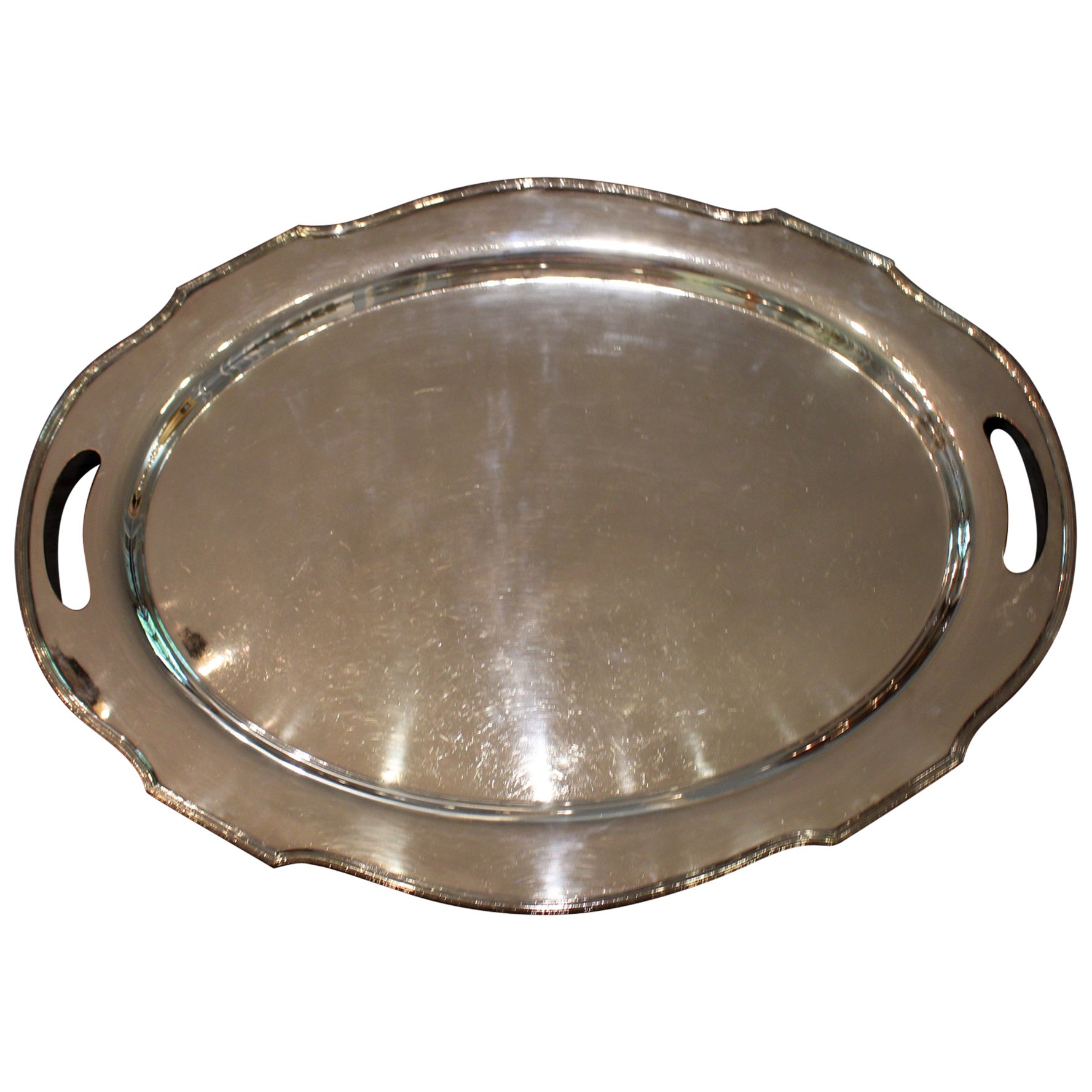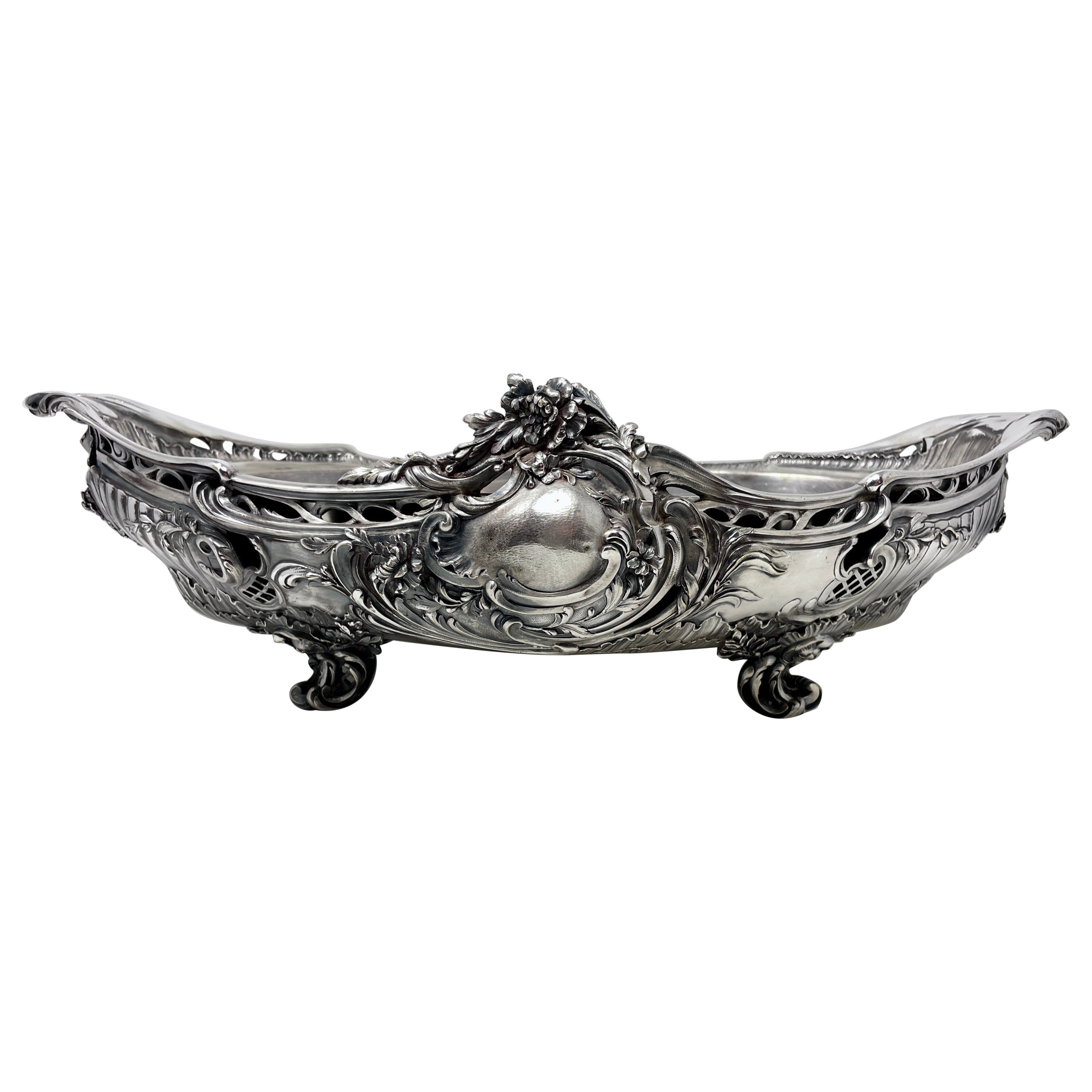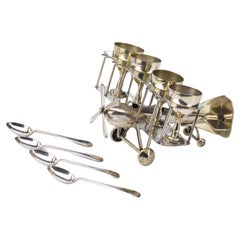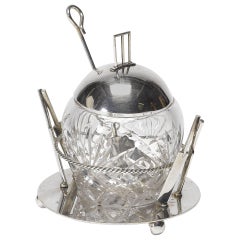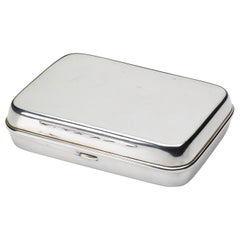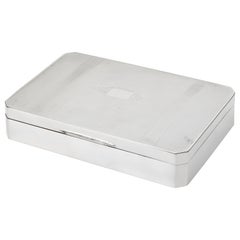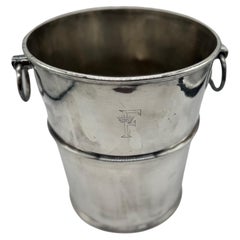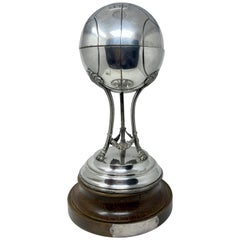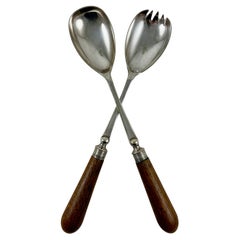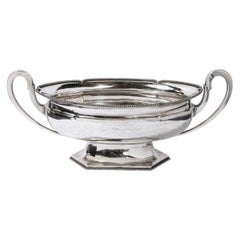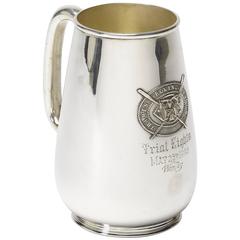
Silver British Rowing Trophy, circa 1886
View Similar Items
Want more images or videos?
Request additional images or videos from the seller
1 of 2
Silver British Rowing Trophy, circa 1886
About the Item
- Dimensions:Height: 6.5 in (16.51 cm)Width: 3.75 in (9.53 cm)Depth: 3.75 in (9.53 cm)
- Period:
- Date of Manufacture:1886
- Condition:Wear consistent with age and use.
- Seller Location:Colorado Springs, CO
- Reference Number:1stDibs: LU90973201002
About the Seller
4.9
Platinum Seller
Premium sellers with a 4.7+ rating and 24-hour response times
Established in 2010
1stDibs seller since 2011
449 sales on 1stDibs
Authenticity Guarantee
In the unlikely event there’s an issue with an item’s authenticity, contact us within 1 year for a full refund. DetailsMoney-Back Guarantee
If your item is not as described, is damaged in transit, or does not arrive, contact us within 7 days for a full refund. Details24-Hour Cancellation
You have a 24-hour grace period in which to reconsider your purchase, with no questions asked.Vetted Professional Sellers
Our world-class sellers must adhere to strict standards for service and quality, maintaining the integrity of our listings.Price-Match Guarantee
If you find that a seller listed the same item for a lower price elsewhere, we’ll match it.Trusted Global Delivery
Our best-in-class carrier network provides specialized shipping options worldwide, including custom delivery.More From This Seller
View AllSilver Plated Airplane-Themed Tableware, circa 1910
Located in Colorado Springs, CO
This is a beautiful silver-plated egg cup and spoon set with an airplane motif, dating to the early 1910s. The set includes four matching footed egg cups. The cups sit upon the stack...
Category
Vintage 1910s English Art Deco Sheffield and Silverplate
Materials
Silver
Silver Sheffield Cricket Sugar Jar, circa 1900
Located in Colorado Springs, CO
This is an exquisite early 20th century crystal jar with a silver lid and spoon. The lid's top is fashioned after a cricket wicket. The jar sits on a round silver base with decorativ...
Category
Antique Early 19th Century British Sheffield and Silverplate
Materials
Silver
Hallmarked Silver Plated Keepsake Box, Sheffield, Uk, Circa 1900
Located in Colorado Springs, CO
Offered is a stunning Sheffield silver keepsake box dating to 1900, with associated hallmark. This small box includes a clean interior and rounded corners. The box is free of names or initials, but would have been used to house keepsakes such as jewelry or cufflinks. A well maintained, elegant piece, this antique silver box is an excellent addition to any silver collection.
Trinket or keepsake boxes have taken on many forms since their first conception in ancient times. However their purpose remains the same; to store jewelry and other items precious to the owner. Originally, these boxes were used specifically for jewelry. These were in common use as early as 5000 BC in Ancient Egypt, when the majority of Egyptians, both male and female, wore jewelry. Boxes were used to keep these gemstone encrusted items safe. In Ancient Rome, jewelry was a status symbol. Rings and brooches were utilized to represent ones status in society. Again, boxes were needed for security and storage purposes. Finding early examples of these are quite rare.
Victorian and Edwardian examples of trinket boxes are far more common. This is because owning jewellery was a luxury until the Victorian era- let alone possessing so much a box was needed to store it all. Fine jewelry and other items became available to the masses after the industrial revolution due to the reduction in production costs. This led to a demand for trinket boxes, which were much smaller than jewelry boxes and therefore better suited to the needs of the middle class who did not yet possess an abundance of jewelry.
In Victorian households, collectables and other items of interested were also stashed inside these boxes. This is why they are known as trinket or keepsake boxes, rather than just jewelry boxes, although of course jewelry was also stored in them. Trinket boxes were produced in large numbers around this time. Many were lined with colored plush or velvet or rich wood. More elaborate designs had interior divisions and trays for rings and other pieces of jewellery. It was also common to see trinket boxes so small that they could only contain one item, such as a single ring. Ornate exteriors were created to reflect the value of the trinket boxes contents.
The Edwardian era saw the introduction of new styles of trinket box. These included small circular or oblong boxes...
Category
Antique Early 1900s British Art Deco Decorative Boxes
Materials
Silver
Hallmarked Silver Plated Keepsake Box, Sheffield, UK, circa 1900
Located in Colorado Springs, CO
Offered is a stunning silver plated keepsake box dating to 1900, with associated hallmark. This small box includes a wooden interior with two slots and a blank square on top where initials could have been engraved. A well maintained, elegant piece, this antique silver box is an excellent addition to any silver or home decor collection.
Trinket or keepsake boxes have taken on many forms since their first conception in ancient times. However their purpose remains the same; to store jewelry and other items precious to the owner. Originally, these boxes were used specifically for jewelry. These were in common use as early as 5000 BC in Ancient Egypt, when the majority of Egyptians, both male and female, wore jewelry. Boxes were used to keep these gemstone encrusted items safe. In Ancient Rome, jewelry was a status symbol. Rings and brooches were utilized to represent ones status in society. Again, boxes were needed for security and storage purposes. Finding early examples of these are quite rare.
Victorian and Edwardian examples of trinket boxes are far more common. This is because owning jewellery was a luxury until the Victorian era- let alone possessing so much a box was needed to store it all. Fine jewelry and other items became available to the masses after the industrial revolution due to the reduction in production costs. This led to a demand for trinket boxes, which were much smaller than jewelry boxes and therefore better suited to the needs of the middle class who did not yet possess an abundance of jewelry.
In Victorian households, collectables and other items of interested were also stashed inside these boxes. This is why they are known as trinket or keepsake boxes, rather than just jewelry boxes, although of course jewelry was also stored in them. Trinket boxes were produced in large numbers around this time. Many were lined with colored plush or velvet or rich wood. More elaborate designs had interior divisions and trays for rings and other pieces of jewellery. It was also common to see trinket boxes so small that they could only contain one item, such as a single ring. Ornate exteriors were created to reflect the value of the trinket boxes contents.
The Edwardian era saw the introduction of new styles of trinket box. These included small circular or oblong boxes...
Category
Antique Early 1900s English Art Deco Decorative Boxes
Materials
Silver
$600 Sale Price
20% Off
Sterling Silver Cricket Trophy, circa 1923
Located in Colorado Springs, CO
This is a handsome sterling silver trophy dating to circa 1923. Detailed in raised relief on the the goblet-shaped trophy is an energetic cricket scene. It shows a cricket batter as ...
Category
Vintage 1920s British Sports Equipment and Memorabilia
Materials
Sterling Silver
1911 Tiffany & Co. Diamond-Encrusted Sterling Silver Polo Trophy
By Tiffany & Co.
Located in Colorado Springs, CO
This magnificent sterling silver polo trophy was crafted by the estimable Tiffany & Co in 1911. The Adam's style urn body and top is brilliantly crafted in the classical vein, with simple braided trim, two elegant long handles, and a neoclassical finial on the top. At center is the show-stopping and impressively sized silver polo player...
Category
Vintage 1910s English Adam Style Sterling Silver
Materials
Multi-gemstone, Sterling Silver
You May Also Like
Antique Elkington & Co. Silver Plated Ice Bucket C. 1886
By Elkington & Co.
Located in Atlanta, GA
Elkington & Co., (English, founded 1815), circa 1886.
An antique silverplated ice, wine or champagne bucket with accent header and mid lines, an "F" with crown monogram to center of...
Category
Antique Late 19th Century English Modern Sheffield and Silverplate
Materials
Silver Plate
$716 Sale Price
20% Off
Antique English Silver Plated Soccer Trophy
Located in New Orleans, LA
Antique English Silver Plated Soccer Trophy.
Category
Antique 19th Century English Sports Equipment and Memorabilia
Materials
Silver Plate
English Sheffield Silver & Oak Handled Salad Fork & Spoon Serving Pair, c. 1886
By Hammond, Creake & Co.
Located in Philadelphia, PA
A pair of silver plated servers with English Oak handles, Sheffield, England, circa 1890.
Showing the markings for Hammond, Creake & Co., Sheffie...
Category
Antique 1880s English Aesthetic Movement Sheffield and Silverplate
Materials
Silver
Swedish Art Deco Streamlined Silver Plate Beaded Trophy Bowl
Located in New York, NY
This elegant Art Deco trophy bowl was realized in Sweden in 1924. It offers a sculptural oval body sitting on a hexagonal faceted base with beaded detailin...
Category
Vintage 1920s Swedish Art Deco Centerpieces
Materials
Silver Plate
19th Century Silver Plate Golfing Candelabra Trophy / Centre Piece
Located in Chelmsford, Essex
A fine quality late 19th-early 20th century silver plate centrepiece with central column and three foliate arms with leaf mounted holders supporting three etched cut glass bowls and ...
Category
Antique Late 19th Century English Victorian Sheffield and Silverplate
Materials
Silver Plate
Fabulous Hand Chased English Sheffield Silver Plate Trophy or Loving Cup
By Martin, Hall & Co. Ltd.
Located in CHARLESTON, SC
Fabulous antique English Sheffield silver plate trophy or loving cup with exceptional crisp hand chasing on cup and on base. Two large cartouches on either side suitable for engravin...
Category
Antique Mid-19th Century English Sheffield and Silverplate
Materials
Silver Plate
Recently Viewed
View AllMore Ways To Browse
Silver Pipkin
Silver Plated Antique Coffee Urn Set
Silver Plated Woven Basket Folk Art
Silver Roll Top Caviar Dish
Silver Sugar Scuttle With Scoop
Silvertone Guitar
Silvertone Guitars Vintage
Silvertone Vintage Musical Instruments
Simon Fussell For Kartell
Simon Fussell
Simon Halbig Antique Dolls
Simon Kops
Singer Ribbonaire Fan
Singer Sewing Box
Sioux Beaded Vest
Sioux Doll
Sioux Sheath
Sir Richard Westmacott
